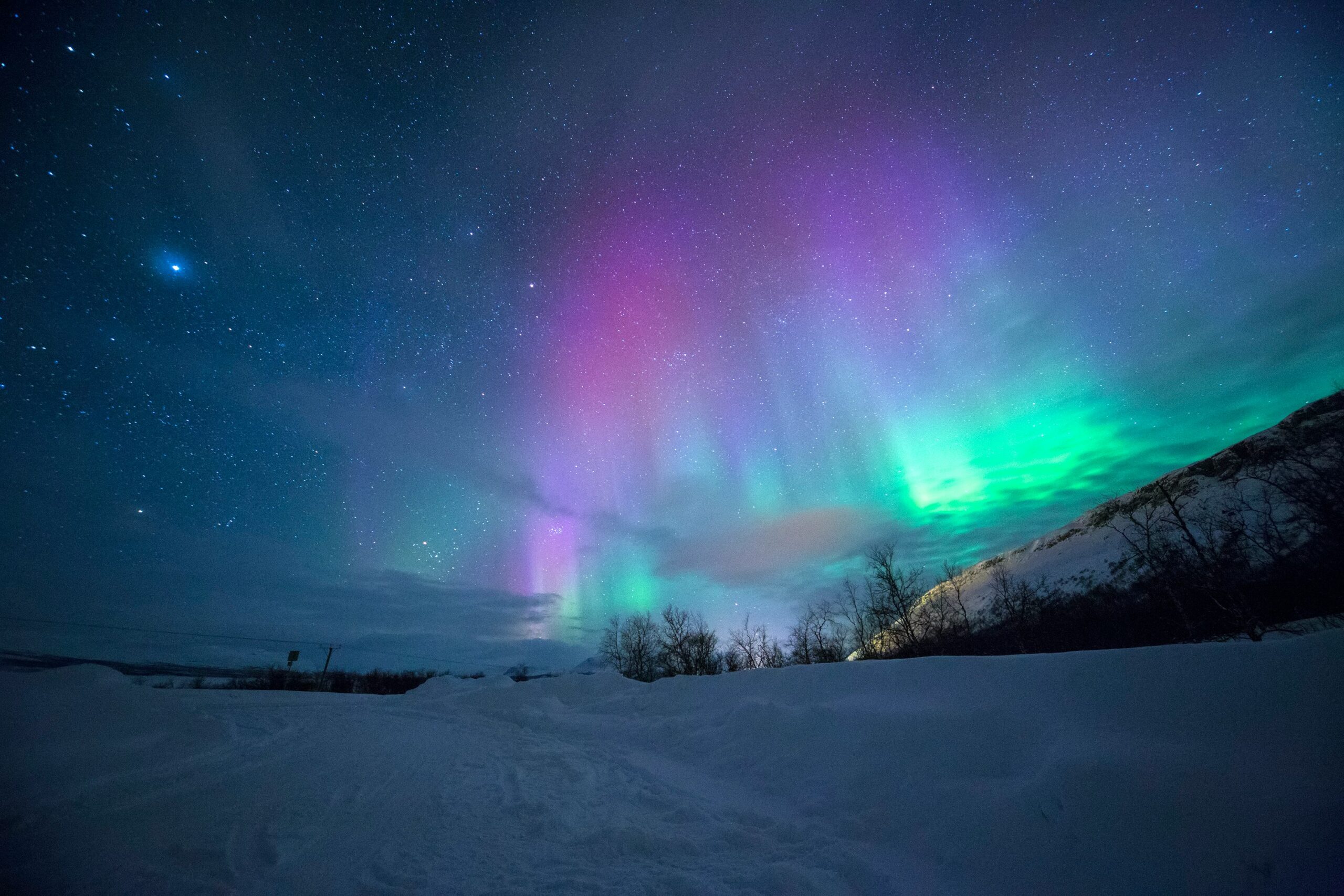In the realm of natural phenomena, few sights capture the imagination quite like the mesmerizing display of the Aurora Borealis. This breathtaking spectacle, also known as the Northern Lights, paints the night sky with vibrant hues of green, purple, blue, and red, leaving spectators in awe of its beauty and grandeur. From ancient legends to modern scientific inquiry, the Aurora Borealis has long been a source of wonder and fascination for people around the world.
Originating from the collision of charged particles from the sun with atoms in the Earth’s atmosphere, the Aurora Borealis is a dazzling manifestation of the complex interactions between our planet and the cosmos. At the heart of this celestial ballet lies the sun, whose turbulent activity sends a constant stream of solar wind hurtling through space. As this stream of charged particles, primarily electrons and protons, approaches the Earth, it interacts with our planet’s magnetic field, creating a mesmerizing interplay of light and color.
The journey of these charged particles begins millions of miles away, where eruptions on the sun’s surface, known as solar flares and coronal mass ejections, release vast quantities of energized particles into space. As these particles travel toward Earth, they are guided by the Earth’s magnetic field towards the polar regions, where they collide with atoms and molecules in the upper atmosphere.
When these charged particles collide with atoms of oxygen and nitrogen in the Earth’s atmosphere, they transfer their energy to the atoms, causing them to become excited. As the excited atoms return to their original state, they release this energy in the form of light, creating the dazzling displays that we see as the Aurora Borealis. The specific colors produced depend on the type of atom involved and the altitude at which the collisions occur.
The result is a celestial spectacle that defies description, as curtains of light dance across the sky in an ever-changing display of shape and color. From shimmering veils to pulsating arcs, the Aurora Borealis can take on a myriad of forms, each more breathtaking than the last. Against a backdrop of twinkling stars, these ethereal curtains of light create a scene of unparalleled beauty and majesty.
Throughout history, the Aurora Borealis has captivated the hearts and minds of people from cultures around the world. In ancient times, these celestial displays were often interpreted as omens or messages from the gods, inspiring myths and legends that endure to this day. Inuit legends speak of spirits dancing in the sky, while Scandinavian folklore attributes the lights to the reflections from the armor of the Valkyries as they ride across the heavens.
In modern times, the Aurora Borealis continues to inspire awe and wonder, drawing travelers from far and wide to witness its splendor firsthand. From the remote wilderness of Alaska to the icy landscapes of Scandinavia, there are countless destinations where one can experience the magic of the Northern Lights. Dedicated aurora hunters brave the cold and darkness in pursuit of the perfect vantage point, hoping to capture a glimpse of nature’s most incredible light show.
But beyond its beauty, the Aurora Borealis also serves as a reminder of the delicate balance that exists between the Earth and the sun. As we marvel at this celestial spectacle, we are reminded of the interconnectedness of all things in the universe, and of our responsibility to preserve and protect the planet that we call home.
In a world filled with wonders both natural and man-made, the Aurora Borealis stands apart as a truly awe-inspiring phenomenon. Its shimmering curtains of light remind us of the beauty and mystery that surrounds us, inviting us to gaze upon the heavens with wonder and reverence. Truly, the Aurora Borealis is a testament to the power and majesty of nature, and a reminder of the endless wonders that await those who dare to look up and dream.
